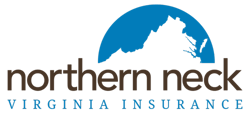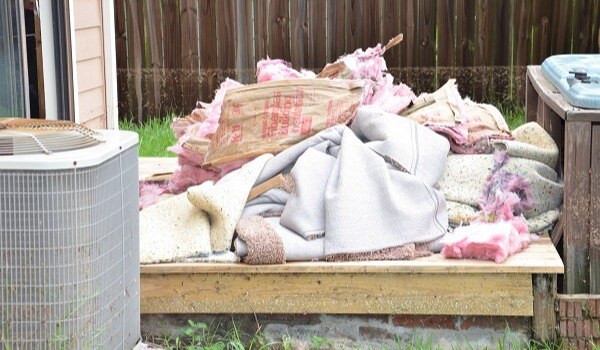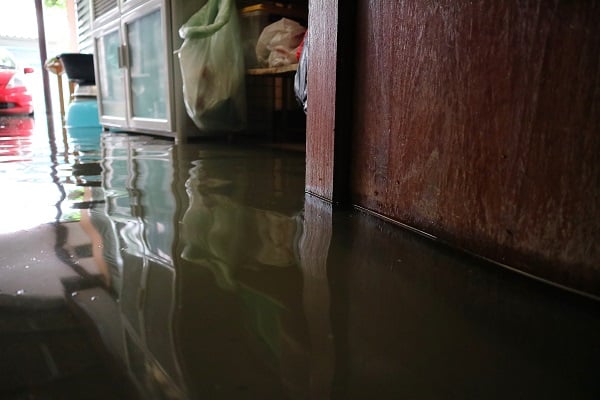
Flood insurance can be particularly confusing for homeowners and is a growing concern throughout the country, including Virginia. There are different types of flood insurance and it's important to know how coverage compares. When determining the need for coverage, the cause of flooding matters. While this article can provide useful information about the particulars of home flood insurance products, we can not emphasize the importance enough of speaking with a local insurance professional about your unique situation.
What Does Flood Insurance Cover?
Standard Home Insurance does not cover damage from flooding when it's caused by an excess of water on land that is normally dry, affecting two or more acres of land or two or more properties, and is in a flood zone. Homes and businesses in high-risk flood areas with government-backed mortgages are required to have flood insurance.
NFIP Flood Insurance
The National Flood Insurance Act, a federally backed program managed by the Federal Emergency Management Administration (FEMA) provides this type of separate flood insurance to U.S. property owners.
The NFIP offers two types of coverage – structure coverage with limits up to $250,000 and owned contents coverage with limits up to $100,000. While flood insurance may not be federally required for homes outside of the high-risk area, your lender may still require you to have flood coverage.
NFIP Flood Insurance covers:
- Electric and furnaces
- Plumbing and hot water heaters
- Appliances
- Wall-to-wall carpet and flooring
- Built-in cabinets, paneling, and bookcases
- Window blinds
- Foundation walls, anchorage systems, and staircases.
- Detached garages
- Fuel and well water tanks and pumps
- Solar energy equipment
Private Flood Insurance
You can also obtain flood insurance through a private carrier. Private carrier flood insurance policies are market-based which means yearly premiums adjust with the market. Depending on the coverage needed and the property's flood zone, private flood insurance sometimes can be less costly than those offered through the government-back NFIP.
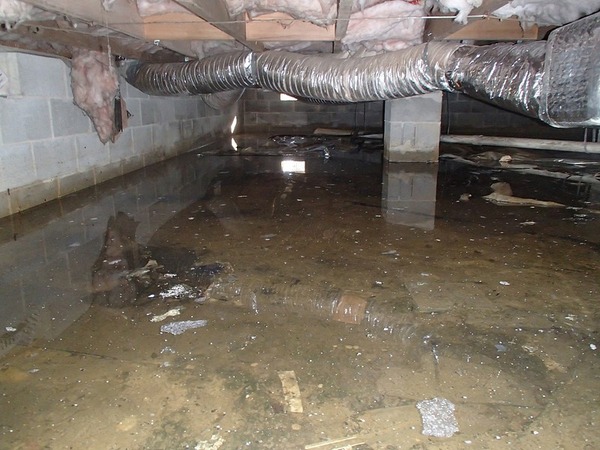
What Does Inland Flood Insurance Cover?
If flood insurance is required by a lending institution, inland flood coverage is not available for the home. Northern Neck Insurance Inland Flood Coverage is an endorsement that is added to a homeowners insurance policy can provide added protection to a standard home insurance policy for homeowners and renters who may not be in a high-risk flood zone but who could experience flash floods or other unexpected sudden flooding with limits from $5,000 to $50,000. It also can have sub-limits. This means that there are additional rules that need to be examined to determine exactly how much of the claim is covered. That is why it's important to talk to your local agent to understand your entire policy.
Inland Flood Insurance is not intended to satisfy the flood insurance requirements of your policyholder’s lending institution for your home mortgage or loan. Even if you’re not required to have flood insurance, it’s still a good idea to consider purchasing flood protection. It's also quite affordable.
Inland flood provides coverage:
- when inland waters, such as streams or rivers, overflow and partially or completely
inundate normally dry land - unusual, rapid rain accumulation, runoff, or snowmelt that doesn’t drain away or soak
into the ground - when water carries mud and becomes a mudflow
The Inland Flood Coverage Endorsement provides coverage for the following:
- residence and certain other structures (shed, pool house)
- basement flooding, any sunken room, a sunken portion of a room, garage or
crawl space, having any side of its floor below ground level. - basement personal property (The NFIP excludes coverage for basement personal property.)
- loss of use (pays for additional living expenses you incur if your home is not suitable to live in due to a covered loss)
- cost to move the policyholder's property to safety (first 30 days)
- debris removal
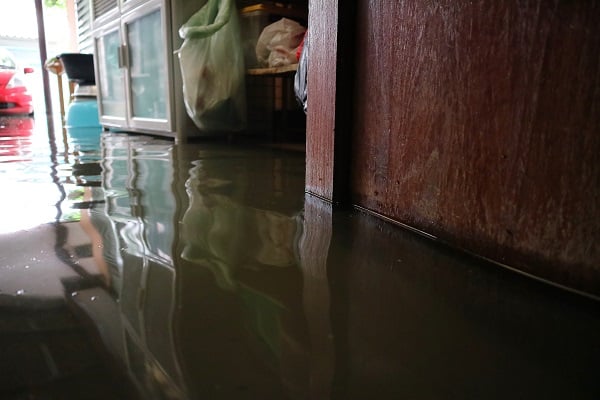
What is Not Covered Inland Flood Coverage?
Northern Neck Insurance inland flood coverage does not provide coverage for damage from a tsunami event.
Inland Flood Coverage does not cover damage to the following:
- personal property located outside the dwelling or other structures on the residence premises and not fully enclosed.
- any structure or personal property located entirely in, on, or over water.
- open structures, boathouses, or any structure into which boats are floated.
- vehicles or recreational vehicles at the described location.
- lawns, trees, shrubs, plants, growing crops, or animals.
- accounts, bills, coins, currency, deeds, loan documents, medals, money, any substitute for legal tender, stored value cards, postage stamps, securities, bullion, manuscripts, or other valuable papers.
- underground structures and equipment, including but not limited to, private water wells, septic tanks, and septic systems.
How to add Inland Flood Insurance to your home insurance policy
Inland Flood Insurance is one of our endorsement coverages that can supplement your standard home, renters, or small farm coverage, similar to personal umbrella insurance and cyber protection for a very affordable rate. You can add Inland Flood Insurance to your Northern Neck Insurance policy through one of our local independent agent partners when purchasing home, renters, or small farm coverage or at your policy renewal time. Contact your local agent for more information on a home or renters policy and to add Inland Flood Coverage to your NNINS policy or start a quote with us!
Learn more about homeowners insurance in Virginia >
Sources:
https://www.floodsmart.gov/why-buy-flood-insurance
https://www.naic.org/documents/cmte_c_trans_read_wg_related_flood_insurance_basics_v4.pdf
https://www.ncdoi.gov/nfip-summarycoverage/open
THE NORTHERN NECK INSURANCE INTEGRITY PROMISE — We pledge to provide straight talk and good counsel from our NNINS Virginia insurance experts through our blog. While we hope you find this to be a helpful source of information, it does not replace the guidance of a licensed insurance professional, nor does it modify the terms of your Northern Neck Insurance policy in any way. All insurance products are governed by the terms in the applicable insurance policy.
